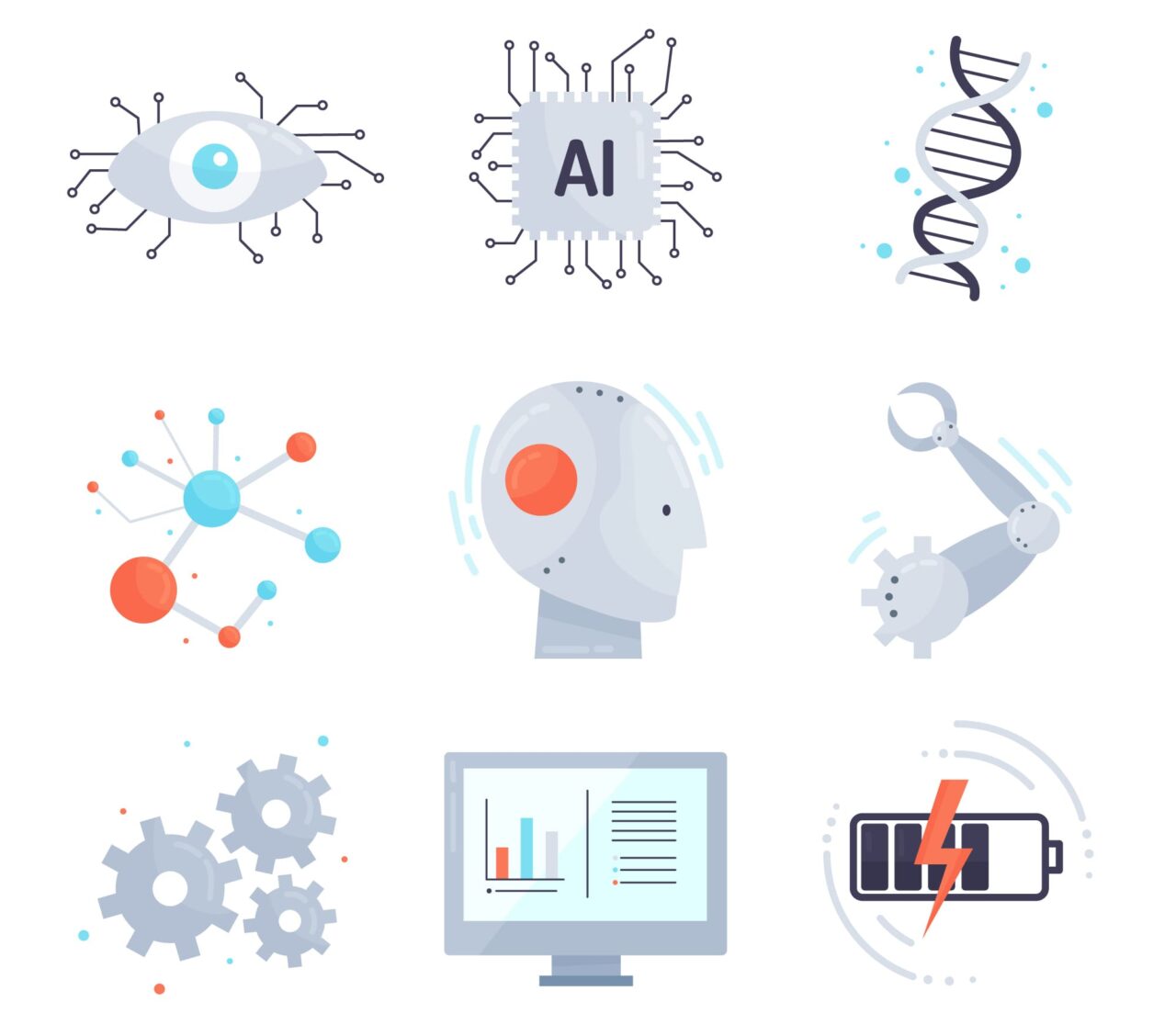As artificial intelligence (AI) becomes increasingly integrated into various aspects of our lives, understanding how these machines make decisions is crucial. Explainable AI (XAI) aims to make AI systems more transparent and understandable to humans. Here, we explore the importance of XAI, how it works, and the real-world implications, supported by facts and figures.
Why Explainable AI Matters
In many sectors, from healthcare to finance, AI systems make decisions that significantly impact individuals and society. However, traditional AI models, especially deep learning networks, often operate as “black boxes,” providing little insight into their decision-making processes. This lack of transparency can lead to issues of trust, accountability, and fairness.
According to a 2020 Gartner survey, by 2022, 75% of large organizations will hire AI behavior forensic, privacy, and customer trust specialists to reduce brand and reputation risk . This highlights the growing recognition of the need for explainable AI.
How Explainable AI Works
Explainable AI involves techniques and methods that make the decisions of AI systems understandable to humans. These techniques can be broadly categorized into three approaches:
- Transparency: Ensuring that the AI’s architecture and operations are understandable. This involves using simpler models like decision trees or linear regression that are inherently more interpretable.
- Post-hoc Explanation: Applying methods to explain decisions after they have been made. Tools like LIME (Local Interpretable Model-agnostic Explanations) and SHAP (SHapley Additive exPlanations) fall into this category, offering insights into the decision-making of complex models.
- Intrinsic Interpretability: Designing models that are interpretable by nature, such as rule-based systems or attention mechanisms in neural networks.
Real-World Applications and Success Stories
Healthcare
In healthcare, explainable AI is critical for diagnostic systems. For instance, IBM Watson for Oncology uses natural language processing to interpret medical literature and provide treatment recommendations. By explaining its recommendations based on the latest research and patient data, it helps doctors understand and trust the AI’s decisions. According to IBM, Watson Health has analyzed over 2 million patient records and 15 million pages of medical literature to assist in cancer treatment planning .
Finance
In the financial sector, explainable AI helps mitigate risks and ensure compliance. JP Morgan’s COiN (Contract Intelligence) platform uses machine learning to review legal documents and extract important data. By providing clear explanations of its findings, COiN helps legal teams understand and trust the AI’s outputs, which process around 12,000 credit agreements annually .
Figures Highlighting the Importance of XAI
– A study by Accenture found that 73% of consumers said they would be more likely to use AI if they understood how it made decisions .
– The European Union’s General Data Protection Regulation (GDPR) mandates the right to explanation, where individuals can ask for an explanation of an algorithmic decision that affects them, underscoring the legal importance of XAI .
Challenges and Future Directions
While XAI offers significant benefits, it also presents challenges. Ensuring that explanations are both accurate and understandable can be difficult, especially for highly complex models. Additionally, balancing transparency with the need to protect proprietary algorithms is a concern for many companies.
Researchers are actively working on these challenges. For example, DARPA’s XAI program aims to create more interpretable models and to explain the rationale behind AI decisions. The program has already produced promising results, such as interpretable machine learning models that maintain high performance while being more transparent.
Conclusion
Explainable AI is essential for building trust, ensuring accountability, and fostering wider adoption of AI technologies. By making AI decisions more transparent and understandable, we can harness the full potential of AI while addressing concerns about its use. As AI continues to evolve, the importance of explainability will only grow, making it a key area of focus for researchers, developers, and policymakers alike.
By understanding and implementing explainable AI, we can demystify how machines make decisions and pave the way for a future where AI is not only powerful but also trustworthy and comprehensible.

